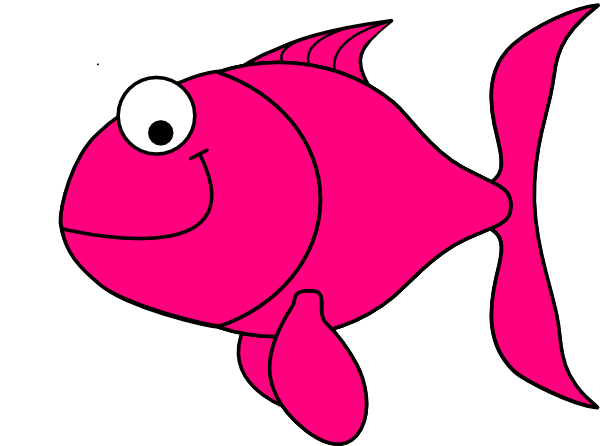Grade Level
Expectation: Early Learning Center (ELC)
- EL 1 (Ages 3 / 4)
Content Area: Literacy
Standard: 1. READING: Word
Recognition, Fluency, and Vocabulary Development
Vocabularies and Concept Development
Objective:Identify and sort common words in basic categories (e.g., animals, colors)
Types of Formative Assessments
1. Word Play

Condition: During center games related to appropriate
standards, large group and small group instruction
Games may include:
- Sorting simple animal and color pictures (into the correct categories) by first sounding out the words
For example:
c.a.t = cat
r.e.d = red
- I Spy a red cat (student must blend word(s) after teacher segments it)
Game assessments are fun for young learners, because according to Klopfer, Osterweil, and Salen (2009), games refer to structured or organized play. Play is voluntary, intrinsically motivating, and involves active cognitive and/or physical engagement that allows for the freedom to fail (and recover), to experiment, to fashion identities, and freedom of effort and interpretation (Klopfer et al., 2009; Pellegrini, 1995; Rieber, 1996). Different from 'free play,' a game is usually a contest of physical or mental skills and strengths, requiring the player to follow a specific set of rules to attain a goal (Hogle, 1996). In my opinion, the ‘I spy’ game is a clever reasoning game that allows children to solve puzzles, and gives them an opportunity to ‘stump the teacher’. Children learn to be more observant about the world around them, learn about colors, shapes, and textures, and use logic and reasoning to draw conclusions. Despite its simplicity and repetitiveness, the game grows a child's vocabulary and can also serve as a distraction for an impatient child. It will keep their minds occupied just about anywhere. In short, I find games to be an appropriate form of assessment tool for preschool students.
2. Color Animal Book
Condition: During large group and small group instruction
Students will make a book by themselves. They will:
1.
Read
the color word – p.i.n.k = pink
2.
Trace
the word
3.
Color
the animal on the page pink
After putting the book together, students can practice and
show off their reading skills by pointing at the words and reading to teachers
and parents.
For example: This is a pink fish.
I find this an
effective activity for formative assessments during lessons, because students
demonstrate different skills through this activity, such as reading, tracing /
writing and coloring. I find it important that students learn to trace and write words by
moving from left to right and from top to bottom. They also learn to read short
sentences. Moreover, this
activity is also suitable for large groups of students, because most students
are usually kept occupied with coloring, until the teacher gets to read with
everyone.
3. Sing Animal and Color songs
Condition: During large group instruction or Music class
I
found it sensible to use music (singing songs) as a form of assessment, because
young children like music. Since research has indicated that young children
have fun with music, then in my opinion, learning ought to be fun too, because
the more fun it is to learn a language
(vocabularies), the more a child will want to stay with it.
References:
(Accessed on 25
May 2015)
Pellegrini, A. D. (1995). The future of play theory: A multidisciplinary inquiry into the contribu- tions of Brian Sutton-Smith. Albany, NY: State University of New York Press.
Rieber, L. P. (1996). Seriously considering play: Designing interactive learning environments based on the blending of microworlds, simulations, and games. Educational Technology Research and Development, 44(1), 43–58.
Hogle, J. G. (1996). Considering games as cognitive tools: In search of effective “Edutainment”. Retrieved January 12, 2005, from ERIC, ED 425737.
Lim-Kemper,
D. (2014) Can songs increase the English vocabulary learning of a group
of mixed first language children attending an international school in
Germany?
MA
in Education Research Project, Birmingham City University.
Available
at:
https://www.academia.edu/9435217/Can_songs_increase_the_English_vocabulary_learning_of_a_group_of_mixed_first_language_children_attending_an_international_school_in_Germany





